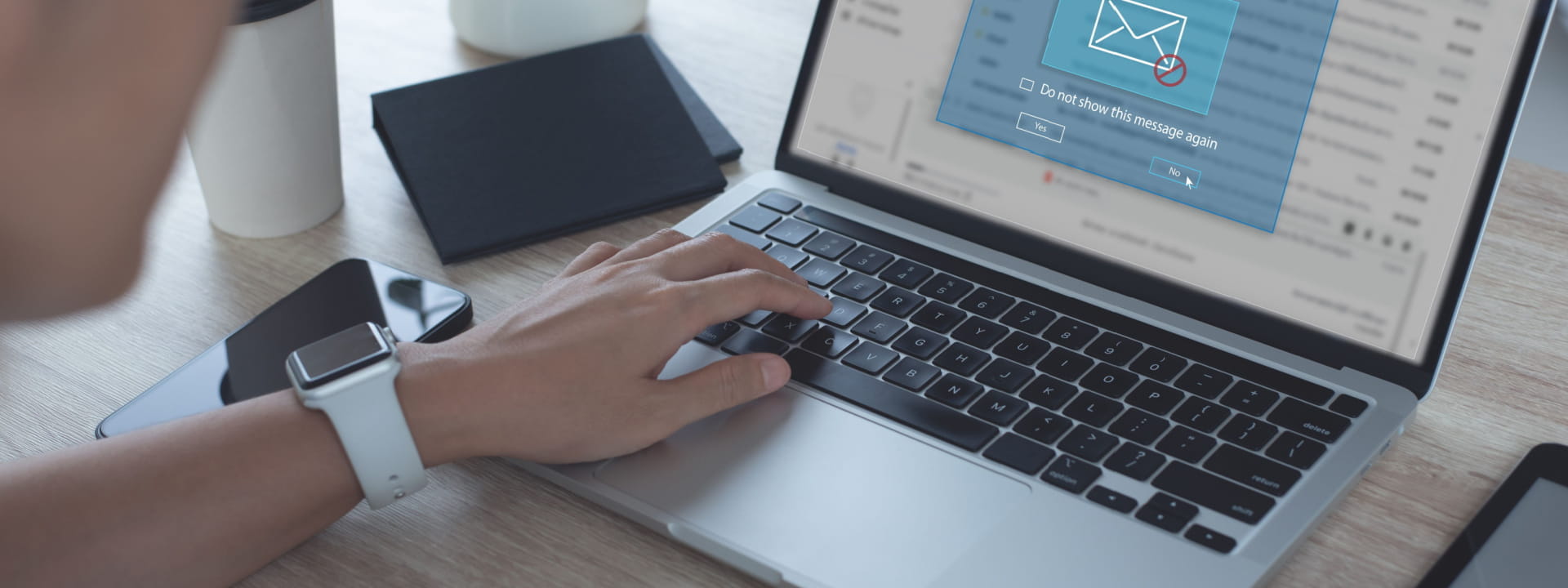
Collaboration. Agility. Personalisation. Each year these buzzwords are shouted louder and louder. Having a collaborative, agile business that works for its individual employees is seen as a major source of pride, not to mention increased productivity and staff happiness.
Activity-based working is touted as one solution to get our three buzzwords into the modern Australian office. But as with most innovations, it must be implemented correctly in order to function and, quite frankly, it’s not for everyone.
So is it for you, and if so, how can you implement activity-based working? Let’s find out.
In an activity-based office, employees choose from an array of spaces that are designed for specific tasks
Part one: What is activity-based working?
Activity-based working employs strategically designed workspaces accompanied by modernised approaches to technology and people to offer more flexible working environments. Instead of being assigned to a personal desk, staff choose from an array of spaces each designed for a particular type of task.
This desk reshuffle is then supported by a modernisation of processes and technology to suit a more agile environment. To use one example, some businesses use activity based working as a chance to go paperless, considering digital transformation can make agility much easier to achieve.
We mentioned that staff choose desks based on the task at hand. What this means is that, rather than having a personal desk where they conduct all their business, employees pick an area designed for the type of work they’re doing at a given time. For instance:
- Closed areas for private work
- Silent areas for quiet work
- An open-plan area for collaboration
- Somewhere closed, out of the way or surrounded by partitions for phone calls and other loud activities
Wait, is this just another term for hot desking?
There is some crossover, but no.
Hot desking isn’t activity based. Desks are simply unassigned and staff choose one when they arrive at work. This type of office works well for businesses where staff don’t all have to be in one place at the same time.
Activity-based working has unassigned desks like hot desking, but these desks are grouped together based on the types of activity. So it’s a bit like a more specific version of hot desking.
Pros of activity-based working
- Employees categorised as truly “transient” (i.e. they rarely use the same location in an office twice, if they’re in the office at all) report higher levels of productivity in activity based work environments, according to a Leesman survey. These same employees also report higher levels of satisfaction regarding noise levels
- The same study found that activity based working excels in encouraging informal meetings and creative collaboration
Cons of activity-based working
- Converse to our first point above, Leesman researchers found that less-transient employees report lower levels of productivity compared to standard office spaces
- Co-worker friendships and the perception of having managerial support may drop as work environments become more shared, according to a paper from Auckland University of Technology
A conclusion on everything we’ve discussed so far…
Based on the data available, it would appear that activity based working can offer productivity gains for businesses where employees already view themselves as either mobile or independent. People who are used to being transient and who fully utilise their new environment reap the rewards, whereas those who are used to a personalised desk don’t get the same benefits. In some cases, they may be worse off.
So, if you’re coming from a traditional environment, does this mean activity-based working isn’t for you? Not necessarily – with the correct implementation, it can still work (as we’ll discuss in part two of this article), although careful change management will be even more vital than normal to ensure a successful transition.

Part two: How to implement an activity-based workplace
First, you need the supporting technology
Without sufficiently agile technology, your activity-based working initiative is in peril. The following are examples of appropriate tech for your new environment:
Portable equipment: For staff to be able to move around the office they must have portable gadgets. At its most basic that means employees need laptops so they aren’t anchored to a desktop PC. But consider also assigning staff tablets or smartphones – a combined Samsung/Frost & Sullivan survey found that employee productivity can rise as much as 34 per cent when staff use smartphones for their work.
Depending on the type of work being done in your office, you can also get portable versions of other commonly used devices such as printers, which could be shared between activity spaces or even taken away for special jobs (e.g. printing contracts at a client meeting).
Wireless equipment: As important as portability is wireless technology. If staff are to function no matter where in the office they reside, they must be able to swiftly access all the same systems. That means well distributed wi-fi access points, as well as wireless-enabled office equipment.
Document management: An agile work environment will always be hamstrung if it can’t go at least partially paperless. This is where a document management system comes in. Document management combines fast, effective scanners with virtual storage (e.g. cloud technology) and paperless processes to reduce the reliance on physical media and their accompanying libraries of filing cabinets.
“Paperless processes” here refers to requesting emails and digital receipts/invoices over paper documents, for example.
A positive side effect of switching to a cloud-based system is that you can also allow employees to work remotely. If their work is online anyway, there’s less need for them to be present in-office 100 per cent of the time.
Office management: While some spaces should be freely available for staff to come and go, certain areas – like private meeting rooms – must have an appropriate digital booking system and set of guidelines to be used fairly. Google Calendar is a simple system that you could use, but dedicated coworking management platforms exist that offer more features. Popular options include Cobot and Nexudus.
As for guidelines, you’ll need to set rules for how the bookable spaces are used, so they are not clogged up with unnecessary meetings that could have happened elsewhere.
If you’re worried staff may push back on activity based working, try offering a mixture of activity spaces and assigned desks
Next you need to set up your office itself
Activity-based working needs activity based workspaces. But as we mentioned, a complete change to this worktype might upset traditionally non-transient employees. One thing you could consider here is a blend of a traditional environment and the agile one.
Jan Gerard Hoendervanger, a researcher at Hanze University in Holland, has explored this topic extensively and spoke with Ecophon on the matter. In the interview, Hoendervanger said that instead of pushing employees to adopt a new behaviour that they will push back on, businesses should create a mixed environment that has both assigned spaces and flexible ones.
Here are some space examples based on Hoendervanger’s recommendations:
- Space one: A ‘home base’, maybe eight to 10 desks, that employees from a particular team can return to regularly
- Space two: An open space for collaboration, well separated from space one so it doesn’t disturb those workers
- Space three: A closed or highly separate area for high concentration, phone calls and private meetings
Finally, get your comms right from the top down
Lastly, your leaders must be on board with the change and using the right language. There’s no point going through all this effort if leadership across all tiers of the business continue to vocally equate ‘being a good, productive employee’ with ‘being in the office at a particular desk at regular hours’.
It’s time to take the next step
If activity-based working sounds right for your office, it’s time to take a look at the supporting technology you need to succeed. At Brother, we have a wide range of business solutions that will enable you to offer a more flexible, digital environment. But we’re not just offering products, we’re offering a complete partnership – our commercial specialists, located Australia-wide, can assist your business with finding a unique solution tailored to your individual needs.
To find out what we can do for you, get in touch with us.





